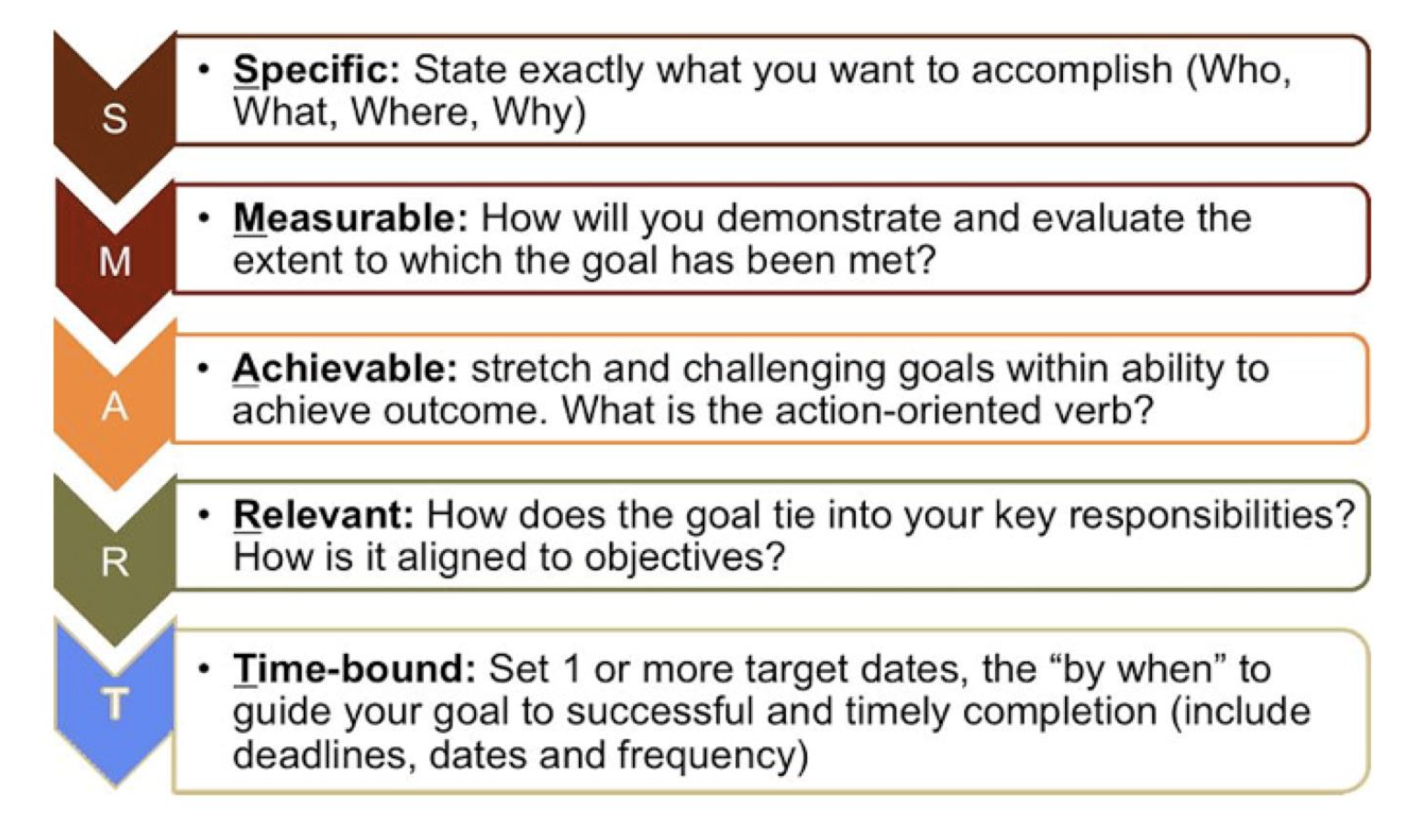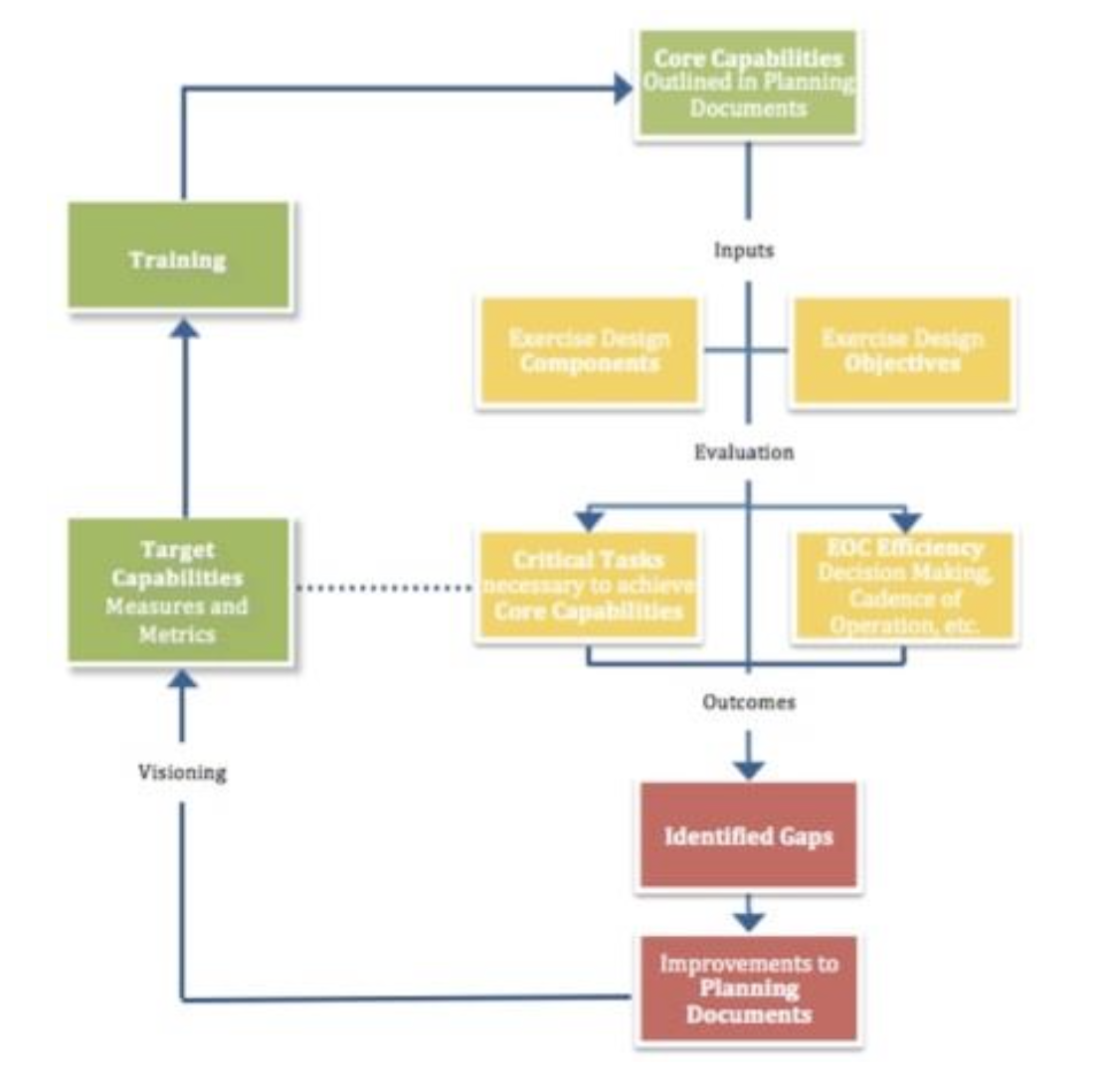Without a sound understanding of the organization’s core capabilities and critical tasks, sound evaluation may not be completed”(DHS, 2013).
On a regular basis, Emergency Solutions International (ESI) is asked to assist firms to design exercises and evaluate the preparedness and response capabilities of their executive teams and organization, to manage challenging crisis.
Setting the Stage
One of the greatest challenges when evaluating an exercise is to have participants perform as they would in an actual event. Anxiety at the individual or group level can cause poor performance and thus, inhibit accurate measurement of capabilities. The facilitator must conduct the exercise in a manner that ensures each participant understands that the exercises are practice evaluations, not personal tests.
Scope
When defining the scope of an exercise, the following must considered:
- Type of exercise (Discussion, Table-top, Functional, Full Scale, etc.)
- Level of Participant Capabilities
- Duration
- Parameters for engagement (usually determined from previous engagements)
Exercise Objectives
Objectives will be based upon existing organizational core capabilities. Objectives must be succinct and understood by all participants. The SMART model outlined below may serve as a guide in the creation of exercise objectives.

It is critical that the exercise objectives align with the planning documents.


During or after a well-run exercise, participants should be in a position (if they are honest) to identify the gaps in planning documents or the execution of critical tasks. Planning documents guide critical tasks supporting core capabilities. Participants get this chance to be honest during a “hotwash,” which follows quickly after the exercise. The hotwash is a facilitated session where the evaluator keeps notes on the strengths and areas for improvement or refinement. A more formal debrief is held with the evaluators and, many times, senior staff.
During ESI facilitated exercises, an Issues Board is created whereby participants chart their concerns about gaps as the exercise proceeds. Often times, participants will say “I’ve always worried about this gap…”
References:Federal Emergency Management Agency U.S. Department of Homeland Security. 2013. Homeland Security Exercise and Evaluation Program (HSEEP). Retrieved from http://www.fema.gov/media-library-data/20130726-1914-25045-8890/hseep_apr13_.pdf.
About the author:
